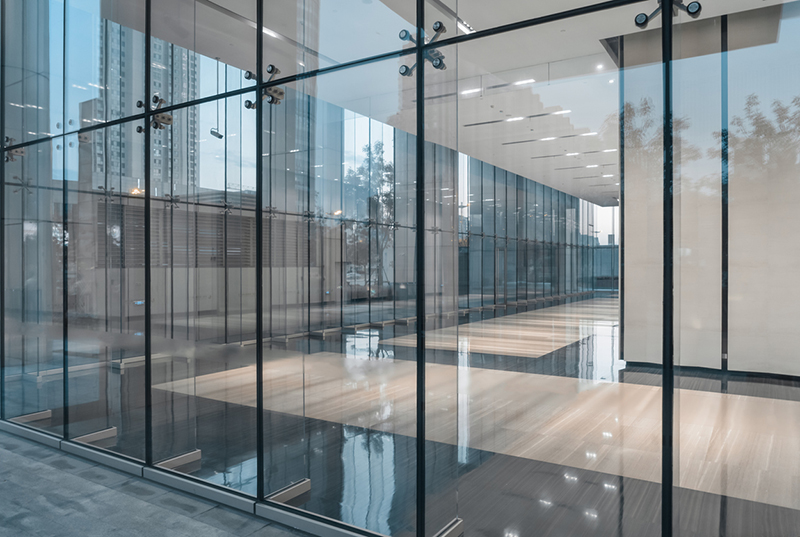IECC 2024 and Its Implications for Vertical Fenestration
New revisions for air leakage, U-factors

The updated International Energy Conservation Code, the 2024 IECC, is in its final days of development. While we cannot predict exactly what the final version will look like, the current draft gives us a fair idea of how it might impact the glazing industry and, in particular, vertical fenestration including storefront, curtain wall, window and entrance systems.
IECC 2024 Timeline
- IECC’s 2024 version is in its final stages of development.
- A second public comment period ended in June 2023.
- Balloting by the consensus committee for comment approvals on this second draft concluded in November 2023.
- Approved comments were incorporated into the final draft.
- Appeals regarding the final draft were extended and accepted through Jan. 2, 2024.
- Providing that appeals have been resolved, the finalized 2024 IECC will be published this year.
- Shortly following the 2024 IECC’s publication, the entire document will be open for public comment.
To ensure the voice of our industry is heard, please consider participating in the code development process by registering at energy.cdpaccess.com.
Building Envelope Air Leakage
Currently, the 2021 IECC allowed air leakage for a building envelope is 0.40 cubic feet per minute/square feet at a pressure differential of 0.3 inches of water (75 pa). This is being revised extensively as are the verification test requirements. The new 2024 version of this section (C402.6.1.3) takes a more stringent approach, requiring a maximum allowed air leakage of 0.35 cfm/ft2 at a pressure differential of 0.3 inches of water.
Fixed (Vertical) Fenestration U-values – Smaller Is Better
In 2022, Façade Tectonics Institute (FTI) completed an extensive cost-effectiveness analysis to determine how U-factor prescriptive requirements for fixed fenestration might be revised. This analysis took into consideration factors such as carbon footprint and energy cost/payback in medium-sized offices and apartment buildings.
As a result of this data, a proposal was added to the 2024 IECC second draft and was accepted by the committee for incorporation into the final draft. The values, shown below, compare U-factor requirements of the current 2021 IECC and the proposed 2024 IECC. These U-factors derived from FTI’s analysis demonstrate significant energy and carbon savings when implemented in the building envelope prescriptive path design for new buildings. As seen in the table, the climate zones that will be affected the most by the revisions are zones 3 through 4 (in blue).
Thermal Bridging as It Relates to Fenestration
The current finalized draft of the 2024 IECC includes added language to address the issue of building envelope thermal integrity, often caused by thermal bridging in envelope design. This IECC attempts to address the most problematic thermal bridging details by adding language to the prescriptive, component trade-off and performance paths. Regarding fenestration, this language primarily deals with window and wall intersections. For example, glazing plane and/or frame thermal breaks will not need to be aligned within +/- 2 inches of the continuous insulation of a wall envelope.


